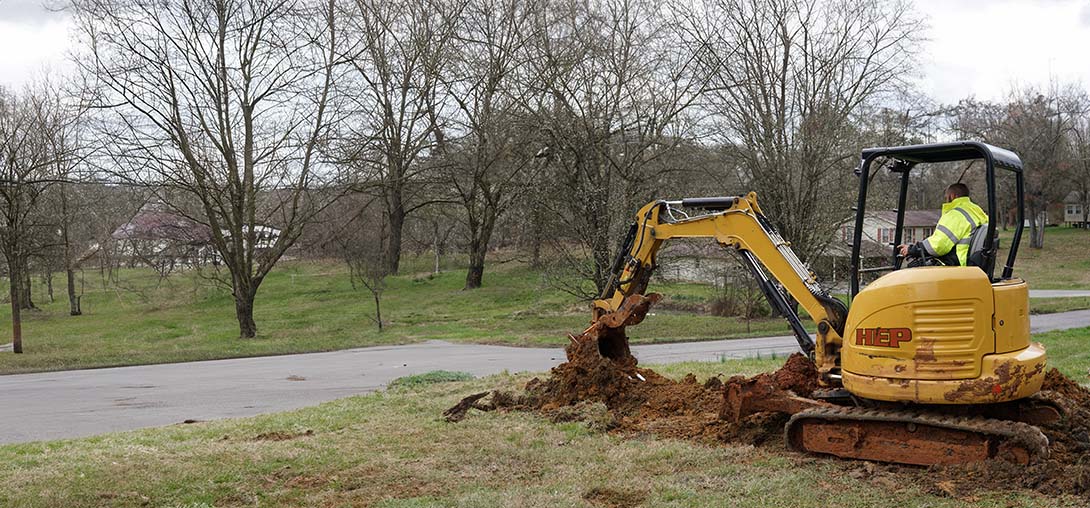- HEP
- Slow Drains

 Slow Drains
Slow Drains
Slow Drains | Main Line Issues | Plumbing | Monterey
Life in Monterey is too beautiful to be interrupted by water that won’t go where it’s supposed to. When your kitchen sink glugs like a sea lion or the shower pools around your ankles, those slow drains are signaling trouble deep in the plumbing. HEP’s certified technicians use state-of-the-art cameras and hydro-jetting gear to pinpoint blockages, tree-root invasions, and aging pipe damage—restoring full, free flow without tearing up your historic adobe or coastal cottage.
Whether you’re experiencing stubborn backups throughout the house or a single fixture that just won’t clear, our crew tackles slow drains at their source: the main line issues hiding beneath your floors and garden. We arrive on time, provide transparent pricing, and back every repair with a satisfaction guarantee, so you can get back to sunsets on the wharf instead of wrestling with a plunger. Call or click today, and let HEP keep Monterey’s water moving in the right direction.
FAQs
What are the most common signs that my home’s main sewer line in Monterey has a problem?
Warning signs include multiple fixtures draining slowly at the same time, gurgling noises from toilets, water backing up in tubs or showers when you flush, unpleasant sewer odors indoors or in the yard, and patches of unusually lush grass or soggy spots outside. Because Monterey’s older coastal housing stock often has aging clay or cast-iron pipes, these symptoms shouldn’t be ignored.
Why do slow drains and main line blockages occur so frequently in the Monterey area?
Several local factors contribute. Tree roots from Monterey pines, cypress, and eucalyptus aggressively seek moisture and can infiltrate small cracks in sewer lines. The area’s clay soil can shift during seasonal moisture changes, causing older pipes to sag or crack. In addition, many homes still have 1950s–1970s clay or orange-burg piping that has deteriorated. Grease, food debris, and non-flushable wipes then snag on these rough pipe interiors, leading to recurring slow drains.
How does a professional plumber diagnose the exact cause of my slow main line?
We start with a through-house assessment to confirm that the issue involves the main sewer, not just a branch line. Next, we use a specialized sewer video camera to inspect the pipe from an exterior cleanout or pulled toilet all the way to the city lateral. The live footage lets us see root intrusions, bellies (low spots), cracks, and heavy grease buildup. If needed, we perform a flow test or locate the pipe’s depth and path with a radio transmitter so we know precisely where repairs or cleaning are required.
Can slow drains be fixed without digging up my yard or driveway?
Often, yes. For soft clogs and moderate root growth we can use motorized cable snakes or hydro-jetting, which blasts high-pressure water (up to 4,000 psi) to scour the pipe interior clean. If the pipe itself is intact, this fully restores flow without excavation. For structurally damaged lines, trenchless options such as pipe bursting or cured-in-place piping (CIPP) can replace or re-line the main without extensive digging, preserving Monterey’s mature landscaping and hardscapes.
How much does main line cleaning or repair typically cost in Monterey?
Prices vary by access, pipe length, and damage severity, but a straightforward camera inspection with hydro-jet cleaning usually ranges from $350–$650. More involved root cutting and jetting might run $650–$1,200. Trenchless repairs start around $125 per linear foot, while spot repairs with traditional excavation may be higher if concrete or tree removal is involved. We provide transparent, written estimates before any work starts.
What can I do to prevent future slow drains and sewer backups?
1) Schedule preventive hydro-jetting every 18–24 months if you have known root issues. 2) Avoid flushing wipes, feminine products, paper towels, or excessive food scraps. 3) Collect cooking grease in a container rather than pouring it down the drain. 4) Install a backwater valve to stop city main surges during heavy rains. 5) Have trees within 10 feet of the sewer line inspected and root-pruned by an arborist. Regular maintenance is far less costly than an after-hours backup or flood.